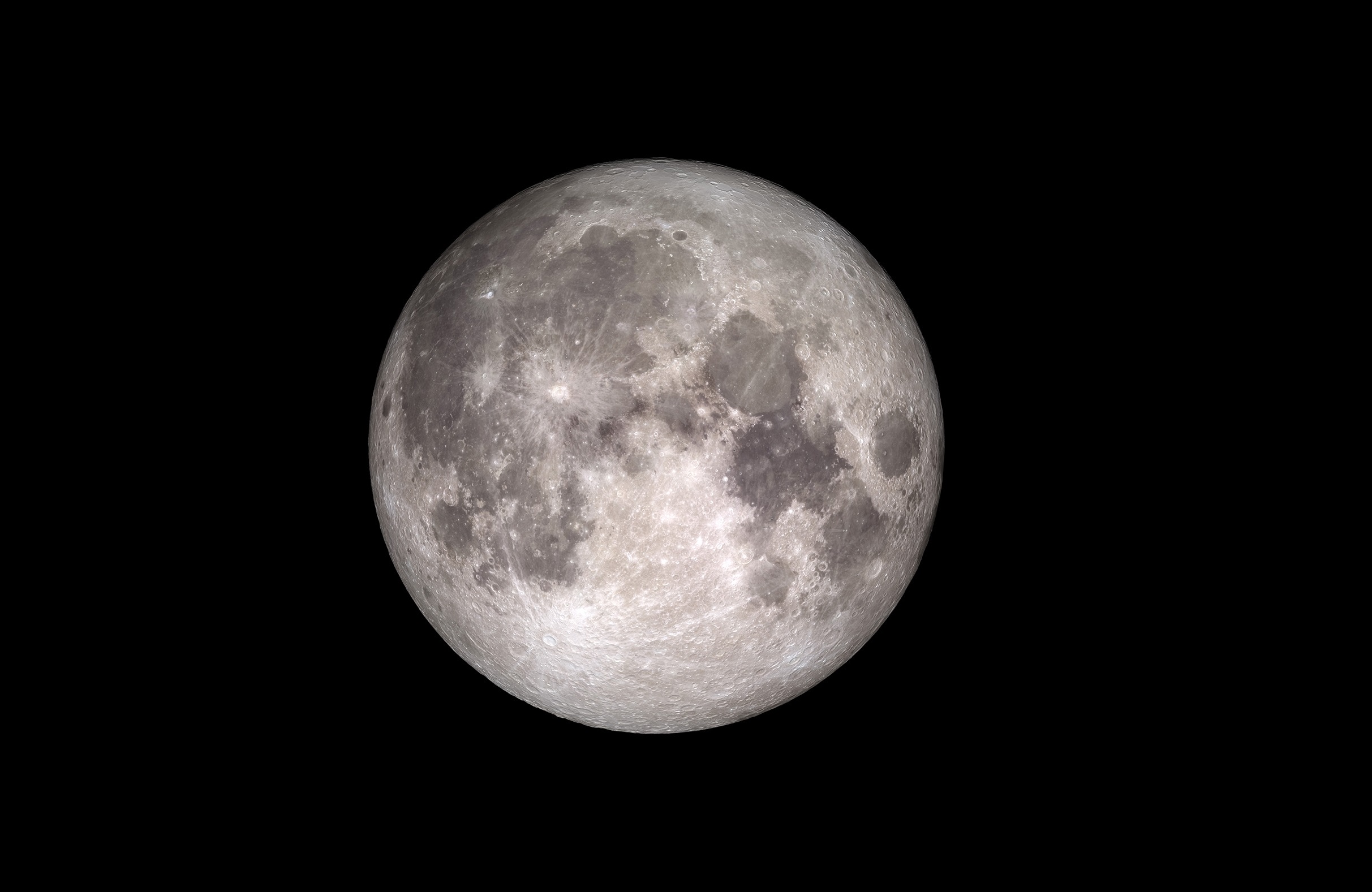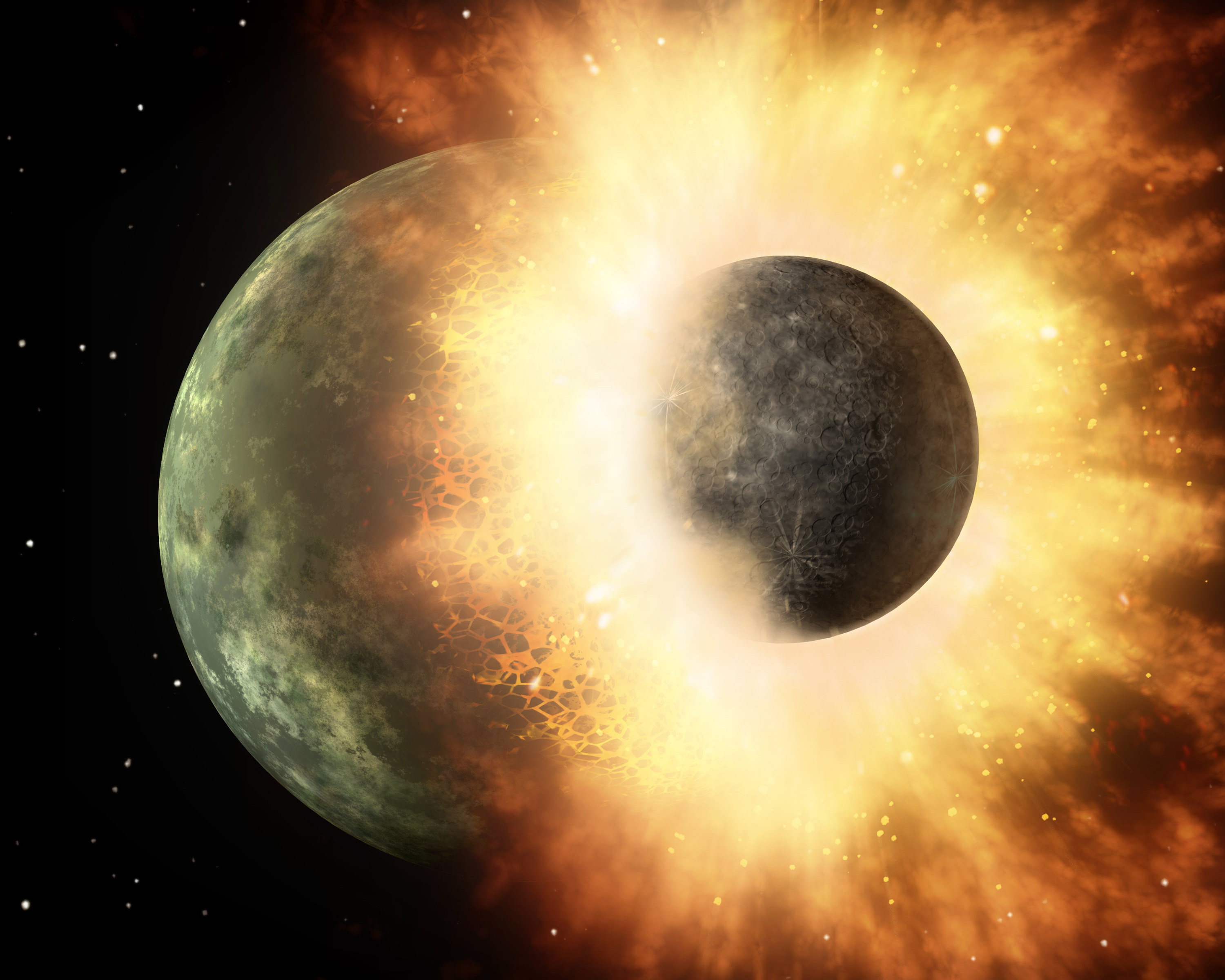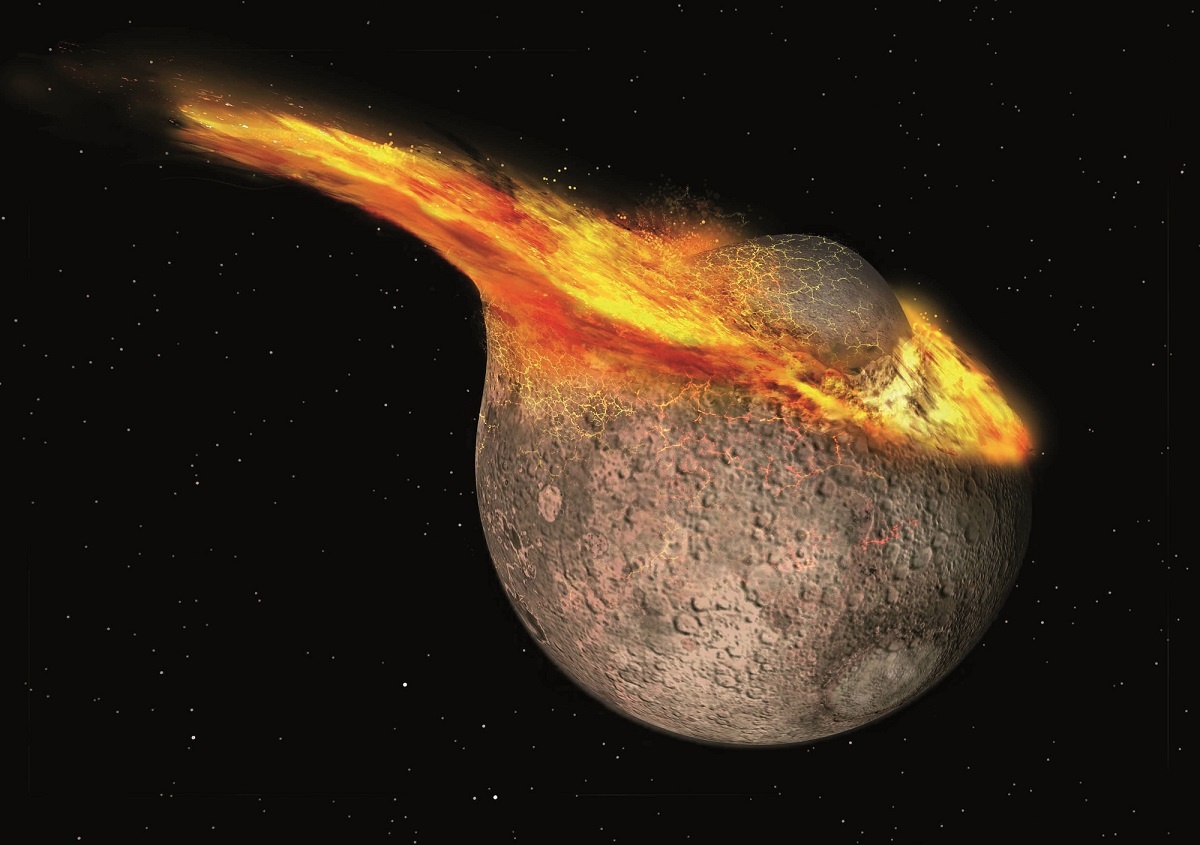The origins of the Moon have been the cause of many a scientific debate over the years but more recently we seem to have settled on a consensus. That a Mars-sized object crashed into Earth billions of years ago, with the debris coalescing into the Moon. The newly formed Moon drifted slowly away from Earth over the following eons but a new study suggests some surprising nuances to the accepted model.
Continue reading “When Earth Danced with Polar Moons”Apollo Rocks Reveal the Moon’s Early History

During the Apollo Era, one of the most important operations conducted by astronauts was sample-returns, where lunar rocks were procured and brought back to Earth. The study of these rocks revealed a great deal about the composition, structure, and geological history of the Moon. This led to profound discoveries, including the presence of water on the Moon and the fact that both Earth and its only satellite formed together.
Over time, scientists have taken advantage of new techniques and technology to conduct more in-depth analyses to learn more about the formation and evolution of the Moon. Recently, a team of researchers from Brown University and the Carnegie Institution for Sciences (CIS) examined some of these samples for sulfur isotopes to shed new light on the early history of the Moon and its evolution.
Continue reading “Apollo Rocks Reveal the Moon’s Early History”The Moon Might Have Formed a Little Later than Originally Believed
According to the Giant Impact Hypothesis, the Moon formed when a Mars-sized object (named Theia) collided with Earth billion years ago, at a time when the Earth was still a ball of magma. This event not only led to the Earth-Moon system we recognize today, it is also beleived to have led to the differentiation of the Earth’s core region into an molten Outer Core and a solid Inner Core.
However, there has been an ongoing debate as to the timing of this impact and how long the subsequent formation of the Moon took place. According to a new study by a team of German researchers, the Moon formed from a magma ocean that took up to 200 million years to solidify. This means that the Moon finished forming about 4.425 billion years ago, or 100 million years later than previously thought.
Continue reading “The Moon Might Have Formed a Little Later than Originally Believed”New Study Shows the Earth and Moon are not so Similar After All

According to the most widely-accepted theory, the Moon formed roughly 4.5 billion years ago when a Mars-sized object named Theia collided with Earth (aka. the Giant Impact Hypothesis). This impact threw up considerable amounts of debris which gradually coalesced to form Earth’s only natural satellite. One of the most compelling proofs for this theory is the fact that the Earth and the Moon are remarkably similar in terms of composition.
However, previous studies involving computer simulations have shown that if the Moon were created by a giant impact, it should have retained more material from the impactor itself. But according to a new study conducted by a team from the University of New Mexico, it is possible that the Earth and the Moon are not as similar as previously thought.
Continue reading “New Study Shows the Earth and Moon are not so Similar After All”When the Impact that Created the Moon Happened, the early Earth was still a ball of magma

Since the late 19th century, scientists have struggled to explain the origin of the Moon. While scientists have long-theorized that it and the Earth have a common origin, the questions of how and when has proven to be elusive. For instance, the general consensus today is that an impact with a Mars-sized object (Theia) led to the formation of the Earth-Moon System shortly after the formation of the planets (aka. the Giant Impact Hypothesis).
However, simulations of this impact have shown that the Moon would have formed out of material primarily from the impacting object. This is not borne out by the evidence, though, which shows that the Moon is composed of the same material Earth is. Luckily, a new study by a team of scientists from Japan and the US has offered an explanation for the discrepancy: the collision took place when Earth was still composed of hot magma.


